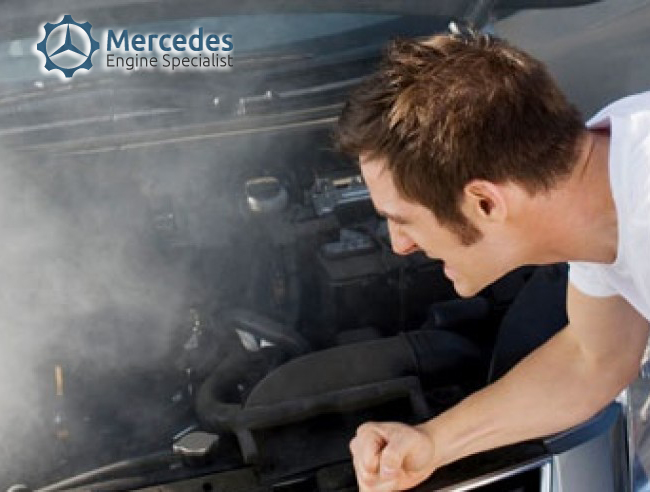When your vehicle experiences failure, it can be difficult to pinpoint exactly from where the issue is stemming. The major systems in your vehicle generally exhibit unique warning signs which act of signs of failure. Whether the issue is stemming from your shocks or struts, electrical system, brakes or heating and cooling system, knowing what to look and listen for will help you get the issue resolved quickly and with the minimum amount of inconvenience.
Eight Engine Performance Warning Signs:
1. Check Engine Light Activates
An activated check engine light is a powerful tool that is designed to inform you of potential engine trouble. This light generally illuminates when detecting engine issues stemming from loss of power. These issues range in type, severity and implications to your vehicle. If your check engine light activates, we recommend getting an engine diagnostic service to determine the issue.
If you do not have your own diagnostic equipment, your local Pep Boys offers a free code pull. If you know how to use an engine scanner, write down your fault code and bring it with you when you speak to your technician.
If your check engine light is flashing, we recommend stopping driving immediately and calling for a tow. A flashing light indicates that something potentially serious could be occurring within one of your vehicle’s systems. Stay on top of all of the systems in your vehicle by decoding your dashboard.
2. Loss of Power
Most gas-powered vehicles are designed with an internal combustion engine. These car engines use a four-stroke combustion cycle to convert gasoline into the power needed to make your vehicle move. The four strokes are the intake stroke, compression stroke, combustion stroke and exhaust stroke. The loss of power you are experiencing could be stemming from a hiccup from any one of these four steps (strokes) in the combustion process.
3. Gas Mileage Drop-off
If you notice the distance your gas tank takes you is not what it used to me, it could be an indication that there is an issue in the compression stroke of your engine. In this instance, using a fuel cleaner, or having a fuel system service performed, may clear up the issue. Depending on how long it has been, it might be worth considering a tune-up. If these two recommendations do not help the gas mileage front, having an engine diagnostic performed might provide you with the information and options you are looking for to correct the issue.
4. Noises Galore
Knocking, backfiring, hissing, spitting and popping are all sounds we do not want to hear when we start our vehicles. These noises can occur when there is an abnormality in the combustion flow. If you are hearing engine knocking, popping, spitting or your vehicle backfires, have it serviced ASAP.
5. Engine Stalling
Many of us who has learned to drive on a manual transmission understand the nature of an engine stall. For those who are unfamiliar, when the clutch pedal and gas pedal are not engaged at the right speed, your car will stop and require a restart – a most frustrating and embarrassing event – especially in traffic.
The frequency of stalling for an automatic transmission is far less common and generally serves as an implication that something is wrong with an engine component. This “wrong” can vary but is usually due to the intake stroke not receiving the right spark or air/fuel mixture. If your manual transmission is stalling (and that stall is not due to human error – don’t worry, it happens to the best of us) or your automatic transmission is stalling, have it seen by a professional as soon as possible. This stalling can lead to greater issues and the fix might be as simple as having a tune-up performed.
6. Odors
When the exhaust stroke of your internal combustion engine is starting to fail, it could give off a noxious odor from the exhaust. Much like the familiar sounds of imminent failure, this odor is a tip-off that your vehicle needs attention from a professional.
7. Engine Continues to Run after Ignition is Turned Off
This occurrence, also known as run-on and dieseling, is most common with high-performance vehicles and usually happens when the octane in the gas is incorrect. Other culprits could be a failing solenoid or an over-active carburetor. If this is happening with your vehicle, your local Speed Shop will have the answers you need to get your vehicle back to maximum performance.
8. Rough Running Engine
If your engine is running or idling rough the fix might be as simple as a tune-up. The most common cause of a rough running engine is clogs in the system or old spark plugs. Other issues could be an incorrect octane in the gasoline or a low battery.

